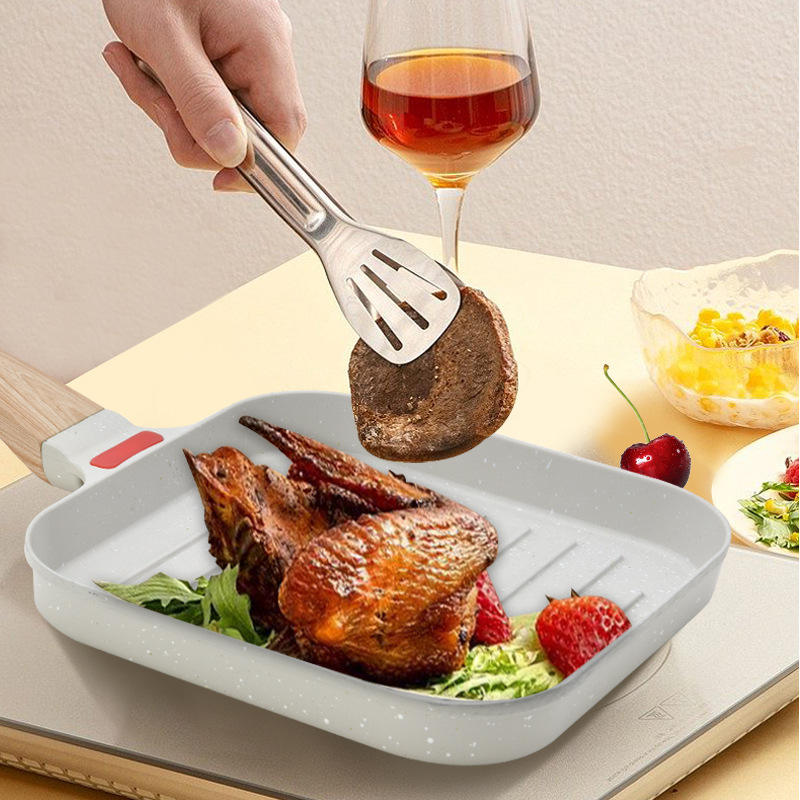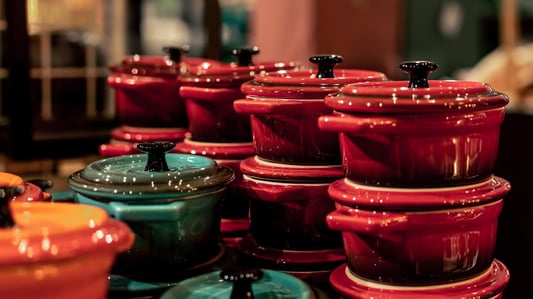1. Superior Heat ConductivityCopper core cookware sets are popular among home chefs and professional cooks alike due to their superior heat conductivity. The copper core transfers heat quickly and evenly throughout the cookware, allowing for precise temperature control and even cooking.2. Durability and LongevityInvesting in a copper core cookware set is a smart choice for anyone looking for durable and long-lasting kitchenware. These sets are built to last and can withstand high temperatures and frequent use without warping or deteriorating over time.3. Non-Reactive Cooking SurfaceCopper core cookware sets often come with a non-reactive cooking surface, such as stainless steel or ceramic, which ensures that your food does not pick up any unwanted flavors or chemicals during the cooking process. This feature is especially important for those with dietary restrictions or sensitivities.4. Versatility in CookingFrom sautéing and searing to baking and roasting, copper core cookware sets offer versatility in cooking. The even heat distribution and precise temperature control make it easy to prepare a wide variety of dishes with ease and consistency.5. Easy Maintenance and CleaningMost copper core cookware sets are designed for easy maintenance and cleaning. With proper care and cleaning, these sets can last for years without losing their shine or performance. Many sets are also dishwasher safe for added convenience.6. Aesthetically Pleasing DesignIn addition to their functional benefits, copper core cookware sets are also known for their aesthetically pleasing design. The copper exterior adds a touch of elegance to any kitchen, making these sets a stylish addition to your cooking arsenal.7. Health BenefitsCopper is an essential mineral that the body needs for various functions, and using copper core cookware sets can help increase your intake of this important nutrient. Cooking with copper can also help kill harmful bacteria, making your dishes safer to consume.8. Energy EfficiencyThanks to their excellent heat conductivity, copper core cookware sets are energy efficient as they require less energy to reach and maintain the desired cooking temperature. This can lead to lower energy bills and a reduced carbon footprint.9. Investment Worth MakingWhile copper core cookware sets may be more expensive upfront, they are a worthwhile investment for anyone serious about their cooking. The durability, performance, and longevity of these sets make them a cost-effective choice in the long run.10. Popular Brands and OptionsThere are many reputable brands that offer high-quality copper core cookware sets, each with its own unique features and advantages. From All-Clad to Cuisinart, there are plenty of options to choose from to suit your cooking needs and budget.Quote InquiryContact us










